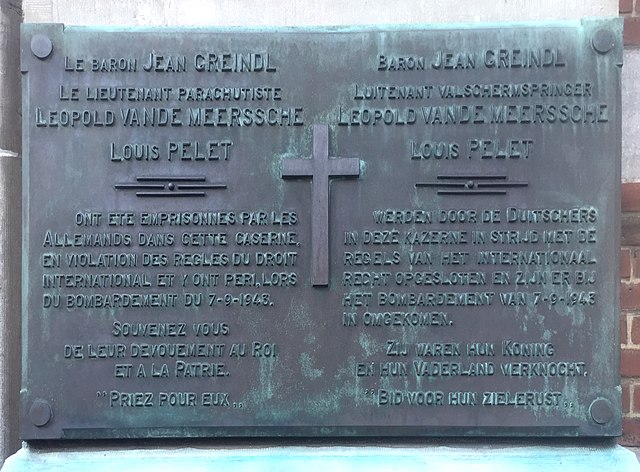Escape and evasion lines (World War II)
Escape and evasion lines in World War II helped people escape European countries occupied by Nazi Germany. The focus of most escape lines in Western Europe was assisting British and American airmen shot down over occupied Europe to evade capture and escape to neutral Spain or Sweden from where they could return to the United Kingdom. A distinction is sometimes made between "escapers" and "evaders". Most of those helped by escape lines were evaders.
The routes used by the Pat, Comet, and Shelburne escape lines to smuggle airmen out of occupied Europe.
The Comet Line was a Resistance organization in occupied Belgium and France in the Second World War. The Comet Line helped Allied soldiers and airmen shot down over occupied Belgium evade capture by Germans and return to Great Britain. The Comet Line began in Brussels where the airmen were fed, clothed, given false identity papers, and hidden in attics, cellars, and people's homes. A network of volunteers then escorted them south through occupied France into neutral Spain and home via British-controlled Gibraltar. The motto of the Comet Line was "Pugna Quin Percutias", which means "fight without arms", as the organization did not undertake armed or violent resistance to the German occupation.
Andrée de Jongh, head of the Comet Line, receiving the George Medal in 1946
Commemorative plaque on the site of Villa Voisin, the de Greef's house in Anglet.
The routes used by the Comet and other lines to smuggle airmen out of occupied Europe.
A plaque honoring Jean Greindl ("Nemo") in Brussels. Photo: Benoît Prieur.




